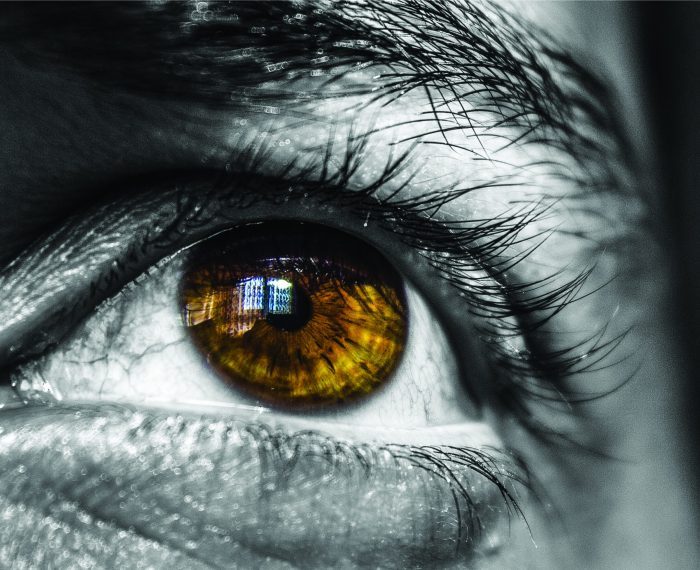
Glaucoma
Glaucoma
What is glaucoma?
Glaucoma is the leading cause of irreversible blindness in the world. It is estimated that 64.3 million people have glaucoma and it is projected to increase to 76.0 million in 2020 and 111.8 million in 2040. The management of glaucoma requires chronic, life-long treatment with a spectrum of therapeutic options, including medications, laser treatment, and surgical implant with the common goal among these therapies of reducing intraocular pressure (IOP) to a targeted level, preventing loss of visual field due to excessive pressure on the optic nerve, and minimising the impact on quality of life.
Glaucoma

What causes glaucoma?
It is usually caused by increased pressure within the eye (intra-ocular pressure) due to abnormality in the eye drainage system or failure of the eye to maintain an appropriate balance between the amount of fluid produced and the amount that drains away.
Glaucoma can affect anyone but there are those who are at a higher risk due to:
- Family history of glaucoma
- Having any other eye disease that may increase the pressure within the eye such as trauma
- Ageing (those above 40 years)
What are the symptoms and signs of glaucoma?
There may be a noticeable difference in vision when you start missing objects to the side and out of the corner of your eye.
The following symptoms may indicate a severe case of glaucoma and you should be seen by a doctor immediately:
- A sudden decline in visual quality
- Developing sensitivity to light and glare
- Extreme eye pain and redness
- Headaches
- Nausea and vomiting
How is glaucoma treated?
Though there is no cure for glaucoma, the condition can be managed and controlled based on the type and severity.
This is achieved by controlling the intra-ocular pressure with:
- Medications (eye drops, tablets or injections)
- Laser therapy and surgery targeting the eye’s drainage system.
- Regular ophthalmology follow-ups so that your consultant can monitor the progress of the disease and alter medications when necessary


